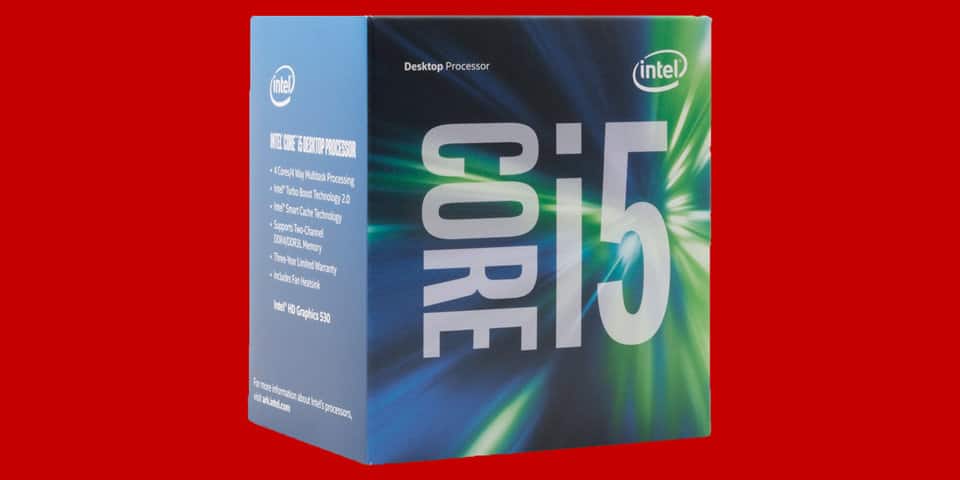
Intel makes it pretty easy to tell performance models against lower-end models.
You can usually tell straight away by the 3, 5, or 7 number after the “i” in “Core iX.”
But then there are those extra numbers and letters that usually come after the “Core iX” part, numbers which actually tell you a little more about the chip’s performance, and ultimately the performance of the computer you’re thinking of buying.
Here’s what those the numbers and letters mean in Intel’s chips:
You’re most likely to see Intel’s ‘Core’ line of processors, like ‘Intel Core i3 8130U.’ There are other lines of Intel processors, like ‘Pentium,’ but we’re going to stick to the most common ‘Core’ line
The number next to the ‘i’ after ‘Core’ represents the kind of overarching performance a chip has
A Core “i3” chip is on the lower end of performance that’s best suited for budget computers.
A Core “i5” chip is on the mid-range of performance that’s suited for casual users and power users on a budget.
A Core “i7” chip is on the higher end of performance that’s suited for power users and professionals for power-hungry apps like Photoshop or video editing.
The first of the four numbers on Intel’s Core chips represents the generation of the chip
Intel’s eighth and latest generation of chips will always have an “8” as the first number in the four-numbered grouping after the “iX” part.
The seventh generation will have a “7,” and so on.
The lower the number, the older the generation. When you’re buying a new computer, you’re generally avoiding those with chips that are two or more generations behind the latest generation.
The three following numbers after the generation number represent performance. The higher the numbers, the more powerful the chip
For example, an Intel Core i5 “8 400” will be less powerful than a Core i5 “8 600.”
The major difference is “clock speed” and “boost clock speed.” The higher the clock speeds, the faster the chip can process what you want.
The Core i5 8400 has a clock speed of 2.80 GHz and a boost clock speed of 4.0GHz.
Meanwhile, the Core i5 8600 can process things faster with a higher clock speed of 3.1GHz and a boost clock speed of 4.30GHz.
A casual user could opt for a cheaper computer with the Core i5 8400, while a power user on a budget could opt for computers with the slightly more expensive Core i5 8600 for an extra boost of power.
These numbers make a smaller difference than the number in the “iX” part, but they’re still important.